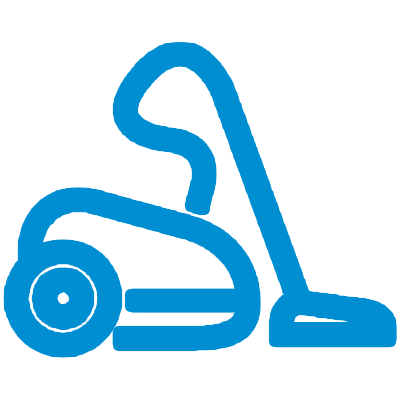
Understanding the Sales Funnel: A Game-Changer for Growth
Imagine turning a curious passerby into a loyal customer—this is the magic a well-crafted sales funnel can create. A sales funnel is essentially a strategic roadmap that guides prospects through a series of experiences, taking them from mere awareness to a committed purchase. It sketches out the journey potential customers undertake, highlighting where they engage and where they choose to exit.
Building an Effective Sales Funnel in 2025
In the fast-paced world of business, staying ahead requires mastering the art of the sales funnel. Entrepreneurs gain a lucrative advantage by learning to craft and iterate these funnels effectively. By doing so, they can ensure a seamless journey for potential customers—from the initial encounter with your brand all the way to the purchasing decision. This guide will delve into how to build a streamlined, one-page ecommerce sales funnel, track key metrics for success, and even offers a free template to get you started.
The Three Stages of a Sales Funnel
A sales funnel isn't just a linear process; it's a comprehensive map of interaction comprising three critical stages:
Top of the Funnel (ToFu): This is where brand awareness blooms. Your audience might recognize you but isn’t ready to purchase yet. It’s your job to pique their curiosity.
Middle of the Funnel (MoFu): Here, interest peaks as prospects explore your offerings. They're not buyers yet, but with the right nudge, they could soon be.
Bottom of the Funnel (BoFu): This is the realm of decision-makers. With strategic encouragement, these leads are primed to convert into loyal customers.
Why a Sales Funnel is Indispensable
Think of a sales funnel as a window into the minds of your customers. By understanding what they think and need at each stage of their journey, businesses can refine their strategies, ensuring they're meeting prospective buyers with content and offers that are just right for each step. This alignment not only boosts conversion rates but also strengthens customer relationships.
Historical Context and Background
The concept of a sales funnel isn't new. It dates back to 1898, introduced by advertising pioneer E. St. Elmo Lewis, who emphasized the customer’s four steps: awareness, interest, desire, and action. Fast forward to today, businesses have digital tools that have revolutionized funnel automation, making it easier to optimize and personalize each step.
Future Predictions and Trends
As we gaze into 2025, sales funnels are expected to become even more automated and data-driven. With advancements in AI and machine learning, understanding customer behavior will be more precise, allowing businesses to craft hyper-personalized experiences. Embracing these innovations will empower businesses to refine their funnels continually, thus staying competitive in the ever-evolving marketplace.
 Add Row
Add Row  Add
Add 




Write A Comment